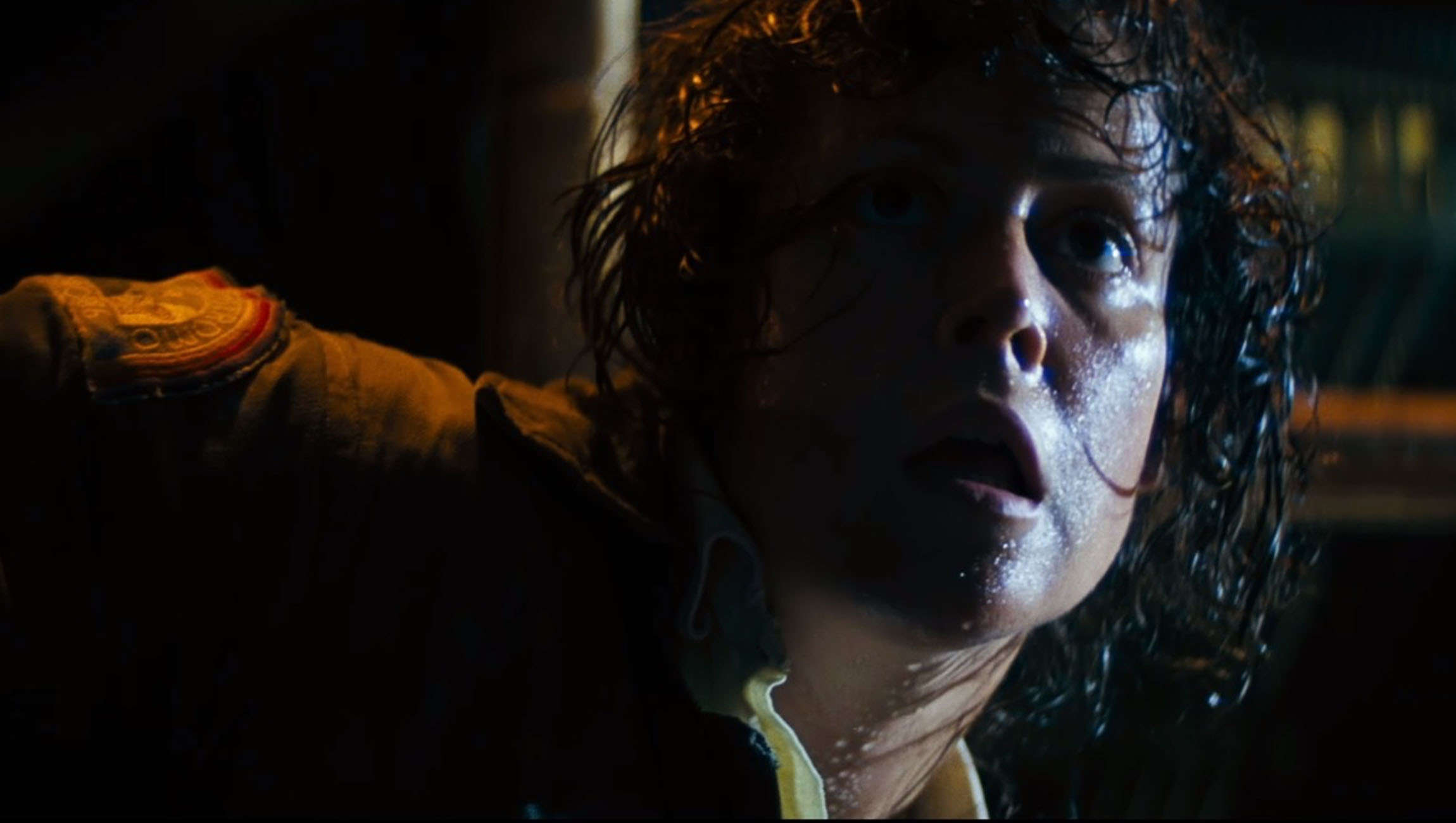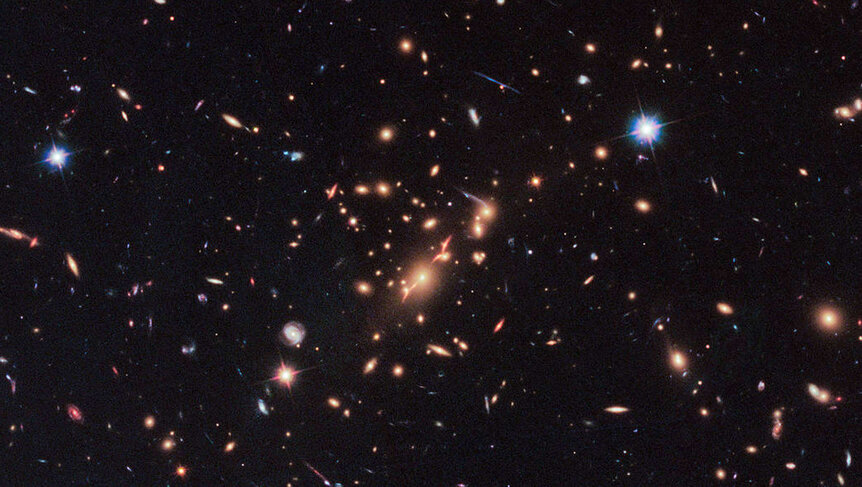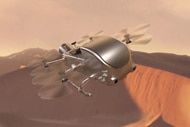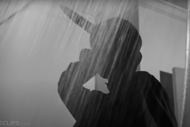Create a free profile to get unlimited access to exclusive videos, sweepstakes, and more!
Earplugs! NASA heard the loudest sound that ever boomed in the universe, and it’s screaming a mystery

You would think a cosmic boom that shook the universe could be heard from everywhere (except maybe the Nostromo)—but no one was actually around to hear it when it went off.
Like most phenomena in space that are billions and billions of years old, the signal often referred to as the “space roar” started out as a mystery. It remains an unsolved mystery 14 years after it was first detected. Scientists have come up with multiple hypotheses on where it might have come from. Did it spawn from the Milky Way? Is it extragalactic? Is there any way to observe the early stars it is obscuring? Now a new radio telescope that will be able to zero in on this noise may finally be able to demystify its origin, because in space, someone may actually hear you scream.
NASA’s ARCADE (Absolute Radiometer for Cosmology, Astrophysics, and Diffuse Emission) instrument first “heard” the roar as it floated on a giant space balloon right above Earth. Its purpose was to get a closer look at the cosmic microwave background, seek out the heat of primordial stars and remnants of the Big Bang and catch a glimpse of the first stars and galaxies coming into being. It had to do the spacecraft equivalent of squinting to see most of these extremely distant phenomena. Something billions of light-years away is seen from our planet as it was billions of years ago, since its light took that long to reach us. ARCADE was looking out for radio waves since light from that far away loses energy and turns into radio waves by the time it gets over here.
Unlike other radio telescopes, ARCADE was able to measure the actual brightness of anything it observed instead of an object’s brightness relative to another object. That was when one signal screamed over everything. NASA scientists back on Earth then had to carry out the tedious task of separating that signal from galactic radiation. Where the signal came from eluded them, though they were able to discern what it was.
Evidently, the space roar did not originate from just one source because it was so diffuse. It was found to be made of synchrotron radiation, which is unleashed by charged particles zooming near the speed of light when a magnetic field or other force changes their trajectory. Wavelengths can vary. Jupiter gives off synchrotron radiation at radio wavelengths when electrons in its magnetic field are disrupted. The roar is a radio synchrotron background. This background of synchrotron radiation from various objects, with its multiple sources making it so diffuse, is what has confounded scientists for years. It could originate from pretty much anything. NASA has considered sending ARCADE up there again, but an even more powerful telescope could figure that out.
The Green Bank Observatory’s radio telescope in West Virginia will be able to map radio waves in the brightest regions of the sky more precisely than anything else ever has. It will also prioritize measuring the background, as opposed to most telescopes which make the cosmic background a secondary objective. It will also measure how much the radio synchrotron background varies. While it is more likely the roar came from somewhere beyond this galaxy, because gargantuan radio-emitting haloes have never been observed in spiral galaxies like the Milky Way, the telescope at Green Bank might be able to confirm that.
With an investigation like this going on for almost a decade and a half, who says that in space, no one can hear you scream?















